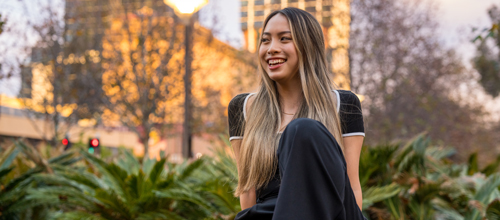Research confirms creativity is key for both.
22 July 2020
I nternational expert in creativity and innovation, UniSA’s Professor David Cropley, is calling for Australian schools and universities to increase their emphasis on teaching creativity, as new research shows it is a core competency across all disciplines and critical for ensuring future job success.
nternational expert in creativity and innovation, UniSA’s Professor David Cropley, is calling for Australian schools and universities to increase their emphasis on teaching creativity, as new research shows it is a core competency across all disciplines and critical for ensuring future job success.
Conducted in partnership with visiting PhD researcher Kim van Broekhoven from Maastricht University in the Netherlands, the research explores the nature of creativity in determining if specific differences exist between creativity in the sciences and creativity in the arts.
The researchers found that creativity in science, technology, engineering and mathematics (STEM) is very similar to creativity in the arts, indicating that a holistic approach to teaching creativity in schools and universities, would benefit all.
UniSA’s Professor David Cropley says the study provides a valuable insight into how education systems might assess and foster students’ creative capabilities.
“The big change for education systems would be moving away from a rather fragmented and haphazard approach to teaching creativity, to a much more holistic and integrated approach,” Prof Cropley says.
“To prepare the next generation for the future, we need to understand the gaps in the market – the human skills that computers, artificial intelligence and automation cannot achieve – and this is where creativity fits.
“Until this research, we didn’t know whether creativity in STEM was the same as creativity in anything, or if there was something unique about creativity in STEM. If creativity was different in STEM – that is, it involved special attitudes or abilities – then we’d need to teach STEM students differently to develop their creativity.
“As it turns out, creativity is general in nature – it is essentially a multi-faceted competency that involves similar attitudes, disposition, skills and knowledge, all transferrable from one situation to another.
“So, whether you’re in art, maths or engineering, you’ll share an openness to new ideas, divergent thinking, and a sense of flexibility.
“This is great news for teachers, who can now confidently embrace and integrate heightened levels of creativity across their curriculum for the benefit of all students – whether STEM or arts based.”
The study surveyed 2277 German undergraduate students aged 17 to 37 (2147 enrolled in science, technology, engineering and mathematics (STEM) courses; and 130 enrolled in art courses), to explore how creativity differed in terms of self-expression thoughts and perceptions.
In 2020, the World Economic Forum identified creativity to be as important as artificial intelligence in the jobs of the future.
Professor Cropley is currently working with Geelong Grammar School (VIC), Trinity College (SA), and Glenunga International High School (SA) to further embed creativity into their schools.
Coordinator of Creativity and Innovation, Centre for Creative Education at Geelong Grammar School, Dr Tim Patston, says we cannot underestimate the importance of creativity in a digital world.
“Students in the 21st century must be open to the amazing diversity of possibilities available to them in further education and careers when they leave school. And, while every student will create their own unique path, a solid and common grounding that embraces creativity is essential,” Dr Patston says.
“Working with the University of South Australia, we’ve been able to truly embrace creativity as a core competency to ensure that our students not only succeed, but flourish.”
Notes to Editors
- For a copy of the study, Differences in Creativity Across Art and STEM Students: We Are More Alike than Unalike, please contact Professor David Cropley.
…………………………………………………………………………………………………………………………
Media contacts:
Annabel Mansfield office: +61 8 8302 0351 mobile: + 61 417 717 504
email: Annabel.Mansfield@unisa.edu.au
Jenny Qian email: Jenny.Qian@unisa.edu.au
Researcher: Professor David Cropley office: +61 8 8302 3301 email: David.Cropley@unisa.edu.au




